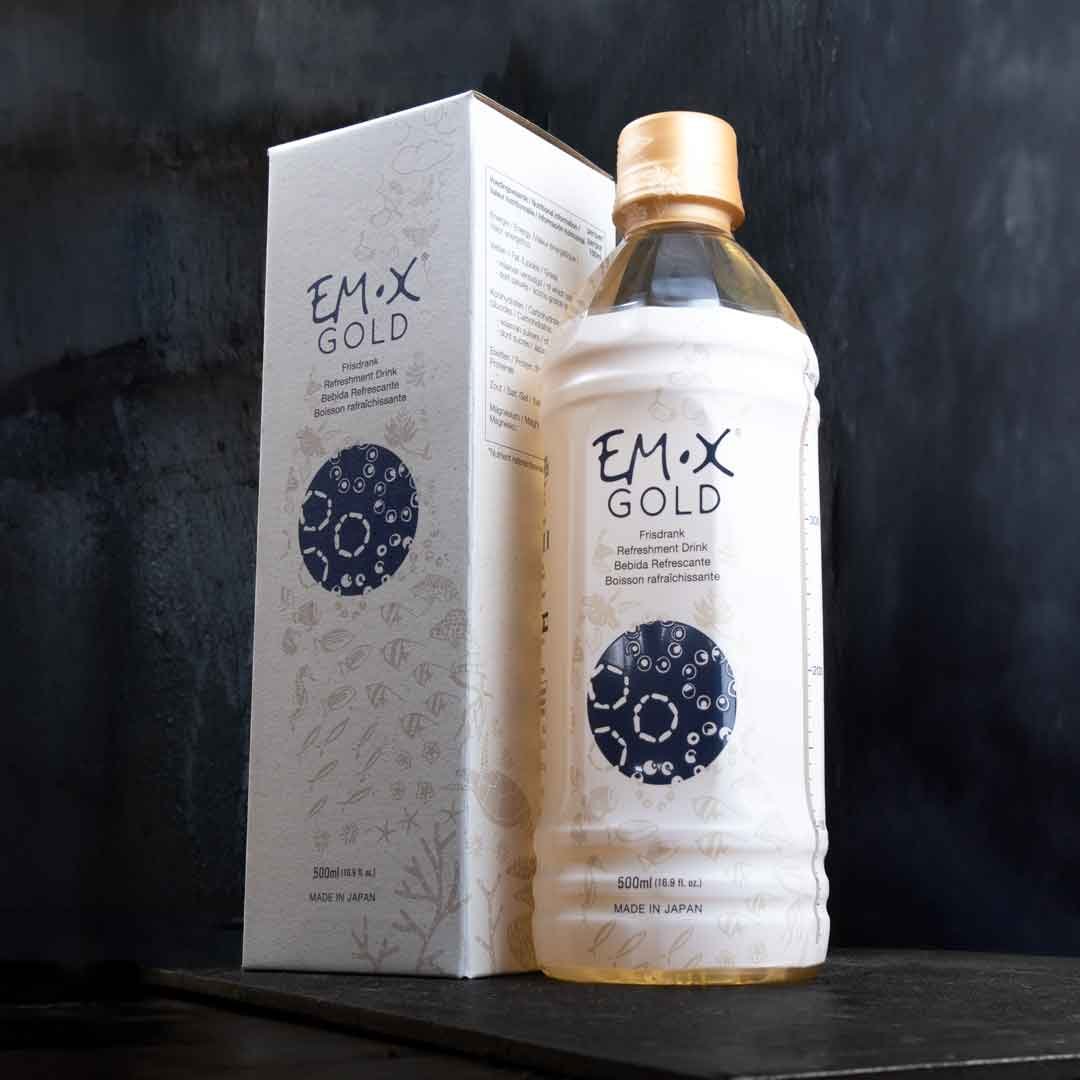Gut Microbes: Unexpected Players in Bladder Cancer Development
Gut Microbes: Unexpected Players in Bladder Cancer Development
Imagine trillions of tiny tenants living inside your gut, constantly interacting with your food and influencing your health. These are your gut microbes, and a recent study reveals they might play a surprising role in bladder cancer development!
Researchers from Europe discovered that gut bacteria can transform a tobacco-related carcinogen (BBN) into another compound (BCPN) that specifically targets the bladder and promotes tumors. Here's the breakdown:
Gut Bacteria as Chemists: Our gut microbes can alter chemicals we encounter. In this case, they convert BBN, a common carcinogen in tobacco smoke, into BCPN.
BCPN: A Bladder Bully: Unlike BBN, BCPN accumulates in the bladder and triggers tumor formation.
Antibiotics Reduce Risk: When mice received antibiotics alongside BBN exposure, their risk of developing tumors dropped significantly. This suggests gut bacteria are crucial for BBN's harmful effects.
This discovery opens exciting avenues for future research:
Personalized Cancer Risk: Could the makeup of your gut microbiome predict your susceptibility to certain cancers?
Microbiome-Based Prevention: Might manipulating gut bacteria offer a strategy to prevent cancer development?
Important Caveats:
Antibiotics aren't a magic bullet against cancer. Their impact on other gut functions needs careful consideration.
Cancer is complex, with multiple contributing factors. Gut bacteria likely play a role alongside other influences.
This research highlights the fascinating connection between our gut microbes and overall health. While more investigation is needed, it paves the way for potential future strategies to combat cancer through personalized microbiome management.
Sources:
https://medicalxpress.com/news/2024-07-gut-microbes-implicated-bladder-cancer.html
More information: Michael Zimmermann, Gut microbiota carcinogen metabolism causes distal tissue tumors, Nature (2024). DOI: 10.1038/s41586-024-07754-w. www.nature.com/articles/s41586-024-07754-w
Journal information: Nature


